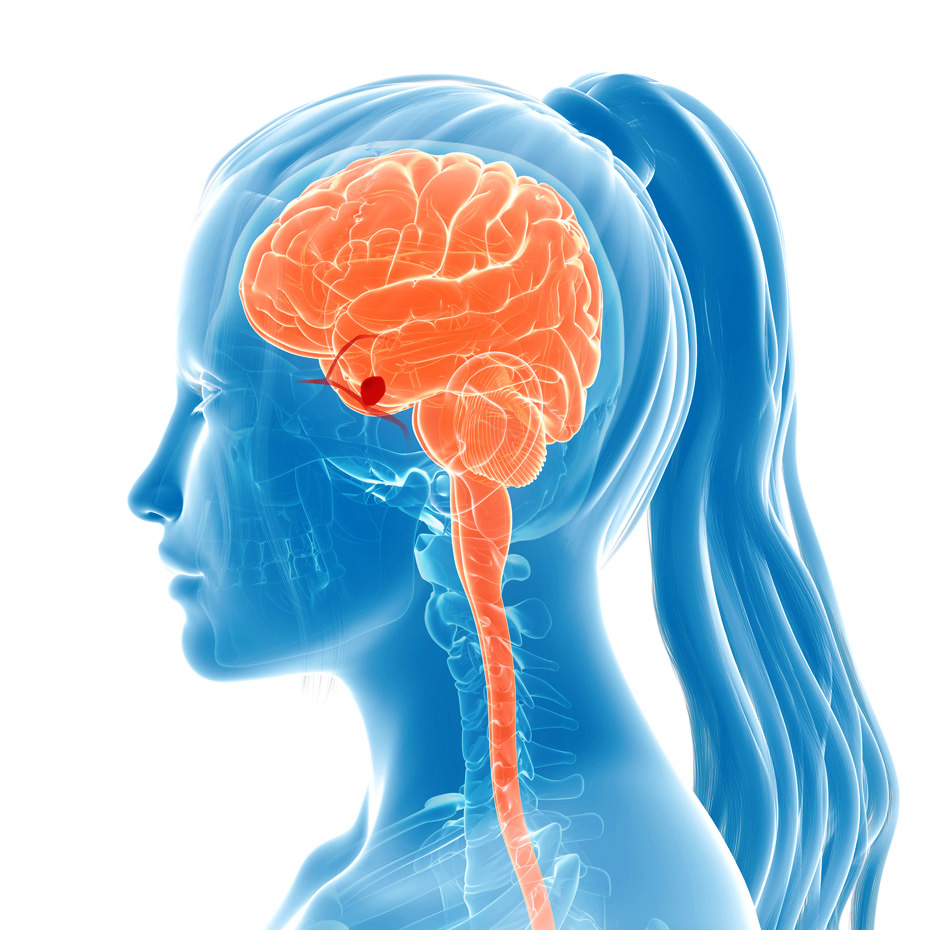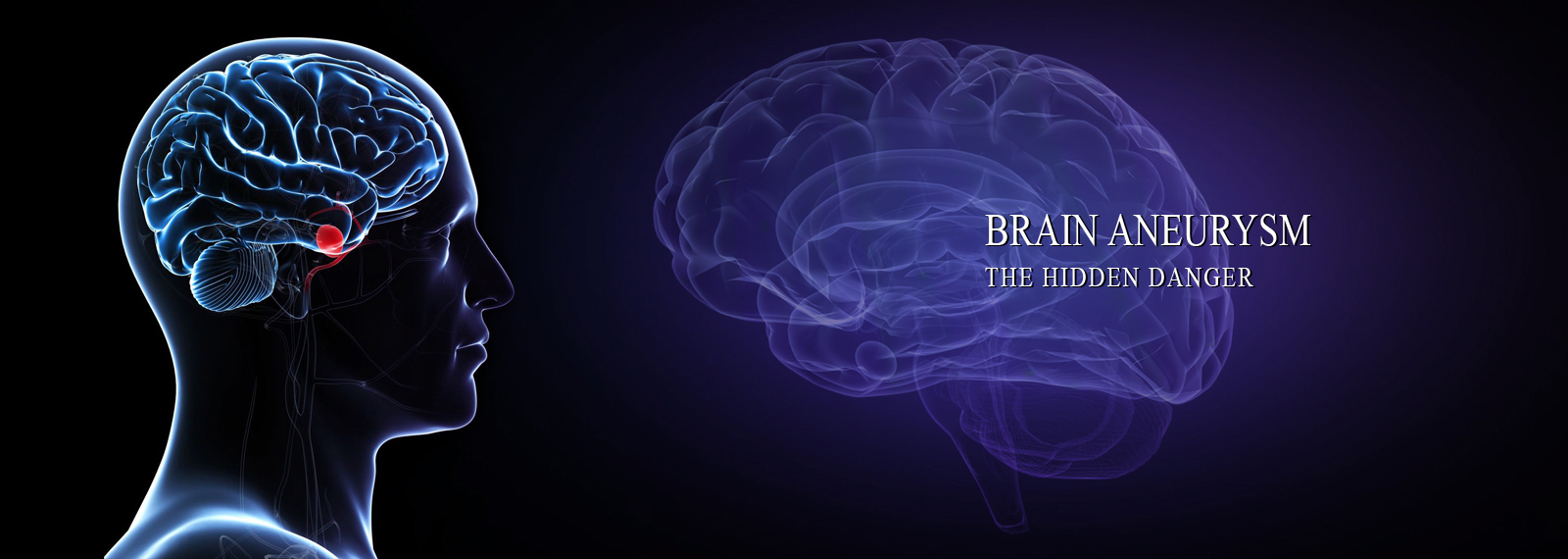If you or a loved one has been told that you have a brain aneurysm, you probably do not know what to expect. A brain aneurysm is a bulging, weak area in the wall of an artery that supplies blood to the brain. Brain aneurysms develop as a result of thinning artery walls. Here are answers to your most common questions about brain aneurysms.
What is a brain aneurysm?
A brain aneurysm is an abnormal, outward bulging of an artery in the brain caused by weakness in the arterial wall. Aneurysms can occur at any age, however aneurysms are most often detected in patients between the ages of 40 and 60 years. In addition, aneurysms are mor prevalent among women (60%), and approcimately 20% of patients have two ro more aneurysms.
The medical term for an aneurysm that develops inside the brain is an intracranial or cerebral aneurysm. There are various caues for brian aneurysms. Some people may be genetically prone to aneurysms which is why your physician will be interested in your family history.
- As the aneurysm grows, it may cause neurological symptoms such as headaches, vision loss, etc.
- Untreated cerebral aneurysms may rupture, resulting in brain hemorrhage (Subarachnoid Hemorrhage-SAH).
- SAH has potentially devastating consequences including: Severe functional disability, Paralysis, Cognitive loss, and Death.

Brain Aneurysms
A brain aneurysm, also referred to as a cerebral aneurysm, is a weak bulging spot on the wall of a brain artery very much like a thin balloon or weak spot on an inner tube. Not all brain aneurysms rupture. Doctors are now able to detect unruptured brain aneurysms with an increased frequency because of the growing availability of non-invasive imaging methods such as MRI/MRA.
Aneurysms can be classified by size
 Small aneurysms are less than 10 mm in diameter
Small aneurysms are less than 10 mm in diameter
 Large aneurysms are 10-25 mm in diameter
Large aneurysms are 10-25 mm in diameter
 Giant aneurysms are greater than 25 mm in diameter
Giant aneurysms are greater than 25 mm in diameter
Aneurysms can be classified by shape
 Saccular cerebral aneurysms are intracranial aneurysms with a characteristic rounded shape
Saccular cerebral aneurysms are intracranial aneurysms with a characteristic rounded shape
 Wide-Necked aneurysms are Saccular cerebral aneurysms with a characteristic wide-necked shape
Wide-Necked aneurysms are Saccular cerebral aneurysms with a characteristic wide-necked shape
 The fusiform aneurysm looks like an outpouching of an arterial wall on both sides of the artery.
The fusiform aneurysm looks like an outpouching of an arterial wall on both sides of the artery.
Rebleeding
The onset of rebleeding is usually accompanied by sudden severe headache, often associated with severe nausea and vomiting. Rebleeding can be confirmed by a CT scan or a sudden spike in ICP with new blood seen in the bag if a ventricular drain is in place. Early treatment, with either surgical or endovascular methods, of the aneurysm is the most effective means of preventing rebleeding.
Cerebral Vasospasm
By definition, cerebral vasospasm is narrowing of a cerebral blood vessel and causes reduced blood flow distally, which may lead to delayed ischemic deficit and cerebral infarction if left untreated. Besides the damage done by the initial SAH, brain damage produced by vasospasm is an important cause of morbidity and mortality after hemorrhage.
Hydrocephalus
Hydrocephalus is a condition in which there is either an obstruction to the flow of CSF within the ventricular system or subarachnoid space either due to intraventricular mass lesions or to external compression or a problem with reabsorption of CSF. Hydrocephalus can be classified as acute, subacute, or delayed. With SAH, hydrocephalus develops as a result of blood in the CSF, thus interfering with the reabsorption of CSF.
Seizures
Risk factors for seizures in the early period after SAH include previous history of hypertension, CT-documented presence of focal intraparenchymal blood, occurrence of a cerebral infarction, middle cerebral aneurysm location, and duration of coma after SAH. If the hemorrhage is mild, anticonvulsants are tapered after 1 month. If the hemorrhage is more severe, extended therapy and EEG monitoring are employed.

Through imaging screening techniques, individuals at high risk of harboring a brain aneurysm can be identified easily with non-invasive imaging tests. Some risk factors for developing brain aneurysms include cigarette use, chronic hypertension and history of cerebral aneurysms in closely related family members.
An aneurysm is often diagnosed using a variety of imaging equipment. Some methods include CT Scan, CTA, MRI and MRA.












